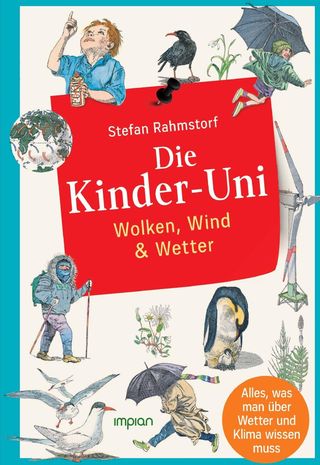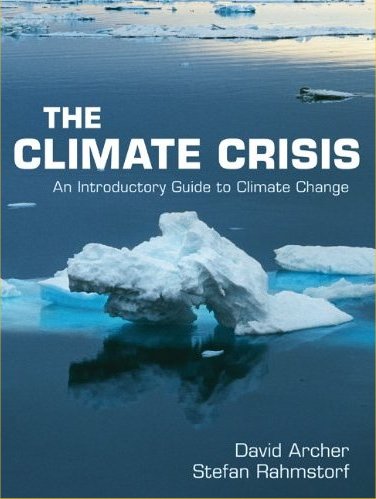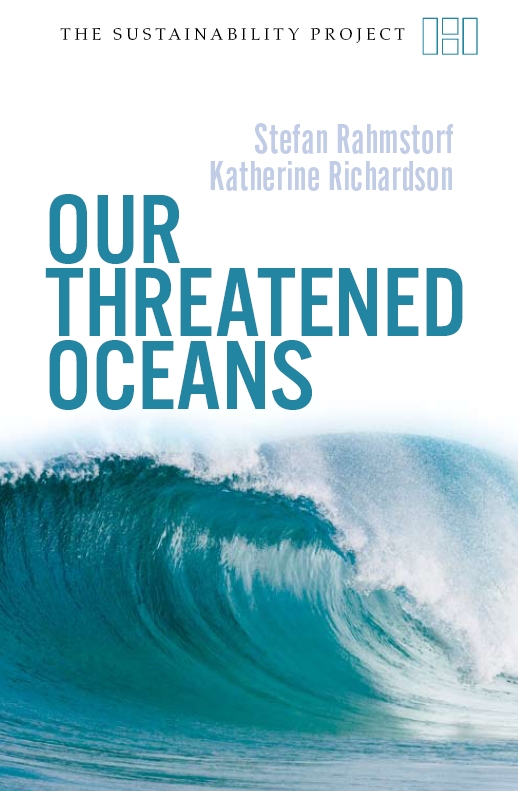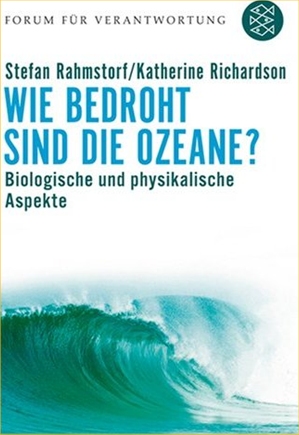Long-term Global Warming Scenarios Computed with an Efficient Coupled Climate Model
(Abstract)STEFAN RAHMSTORF and ANDREY GANOPOLSKI
(Climatic Change 43, pp. 353-367)
We present global warming scenarios computed with an intermediate-complexity atmosphere-ocean-sea ice model which has been extensively validated for a range of past climates (e.g., the Last Glacial Maximum). Our simulations extend to the year 3000, beyond the expected peak of CO2 concentrations. The thermohaline ocean circulation declines strongly in all our scenarios over the next 50 years due to a thermal effect. Changes in the hydrological cycle determine whether the circulation recovers or collapses in the long run. Both outcomes are possible within present uncertainty limits. In case of a collapse, a substantial long-lasting cooling over the North Atlantic and a drying of Europe is simulated.
Click here for full document in PDF format (with colour figures).
Click here to see a video animation.
The video shows the development of surface air temperature
anomalies from 1900 up to the year 3000 for a global warming scenario involving
a collapse of the Atlantic thermohaline ocean circulation. The scenario
shown is the 'worst case' of a sensitivity study investigating a range
of plausible changes in the water cycle as a result of global warming.
In this 'worst case', a relatively large amount of freshwater due to enhanced
precipitation and meltwater runoff enters the North Atlantic and shuts
down convection and deep water formation around the year 2100. This leads
to a cooling over the North Atlantic and parts of Europe, clearly seen
in the later part of the animation.













